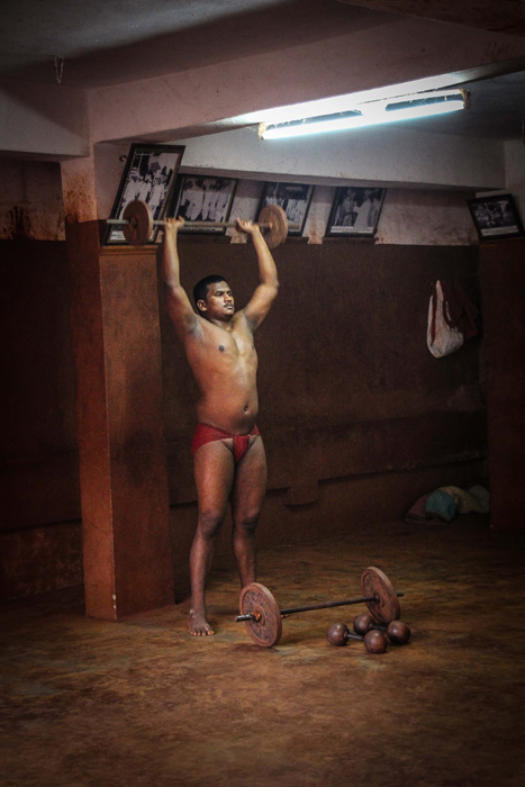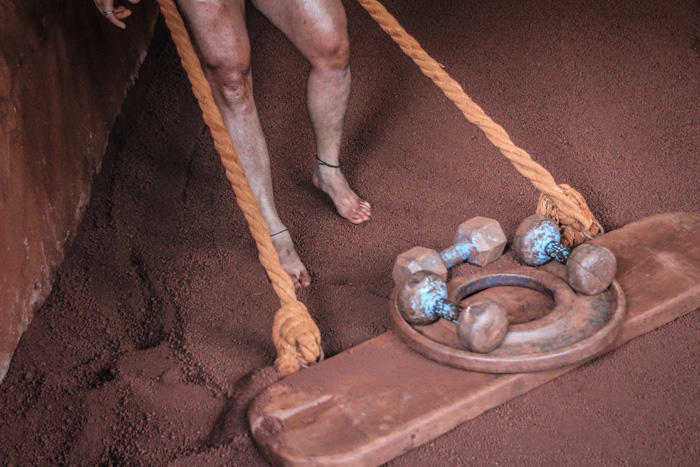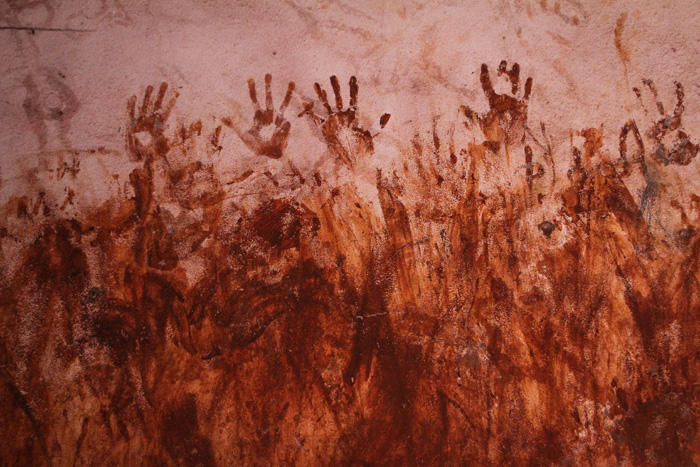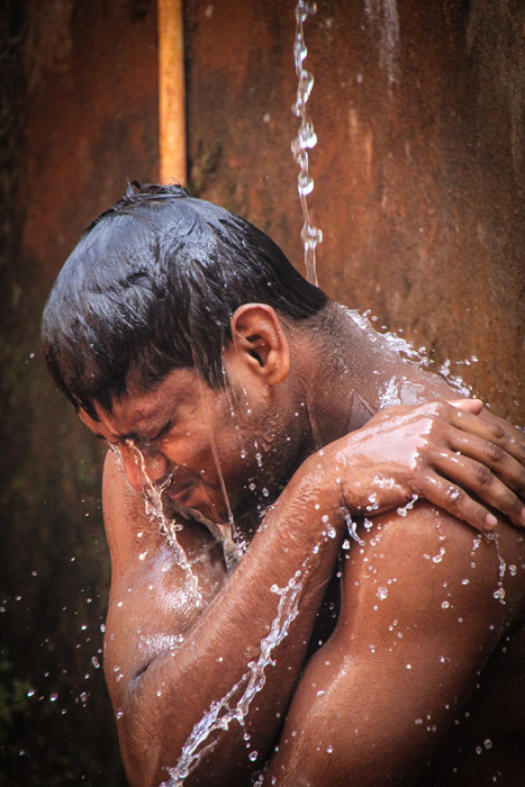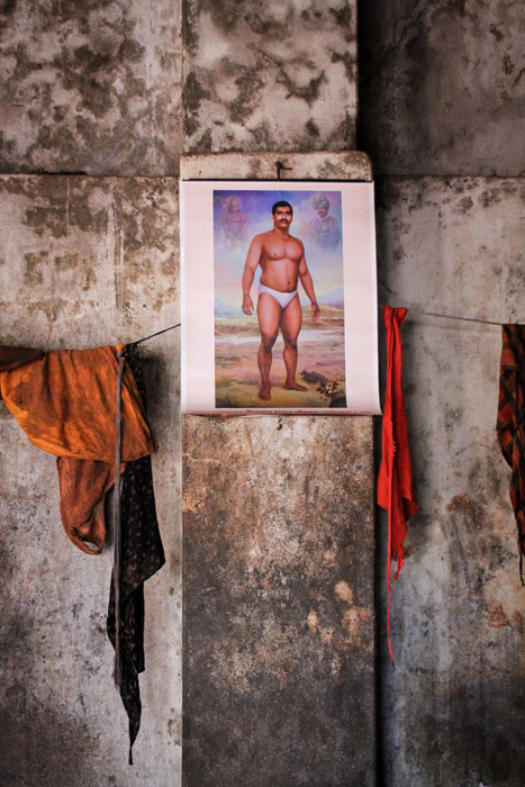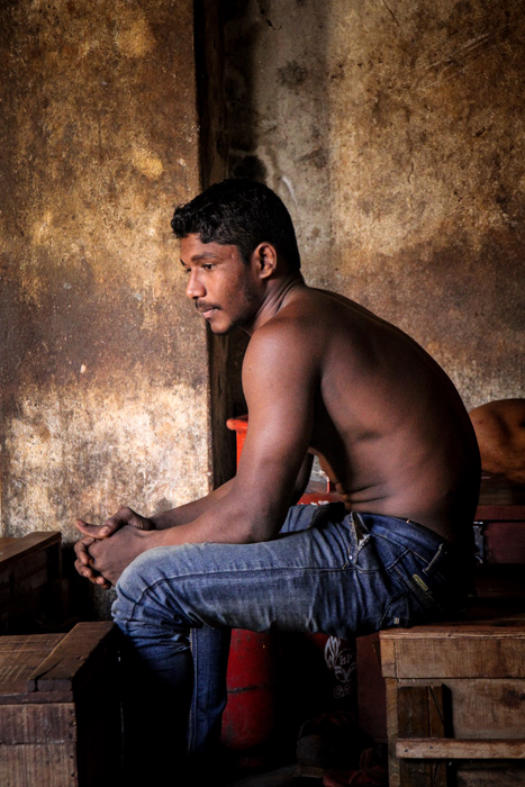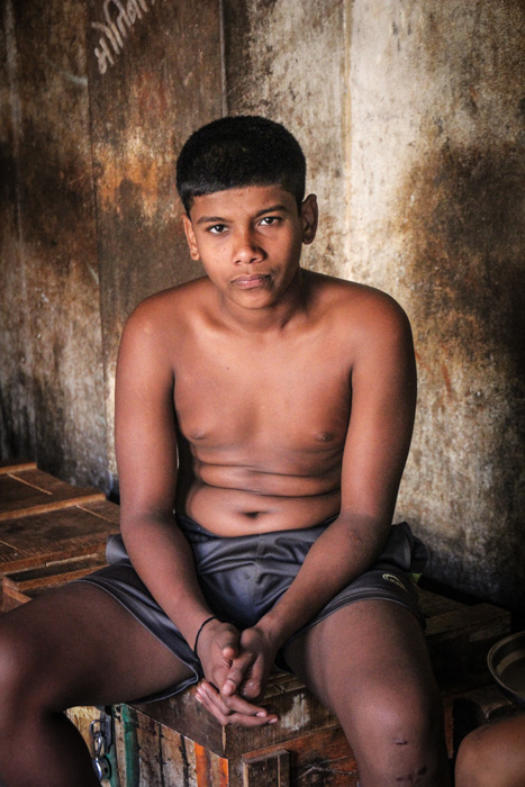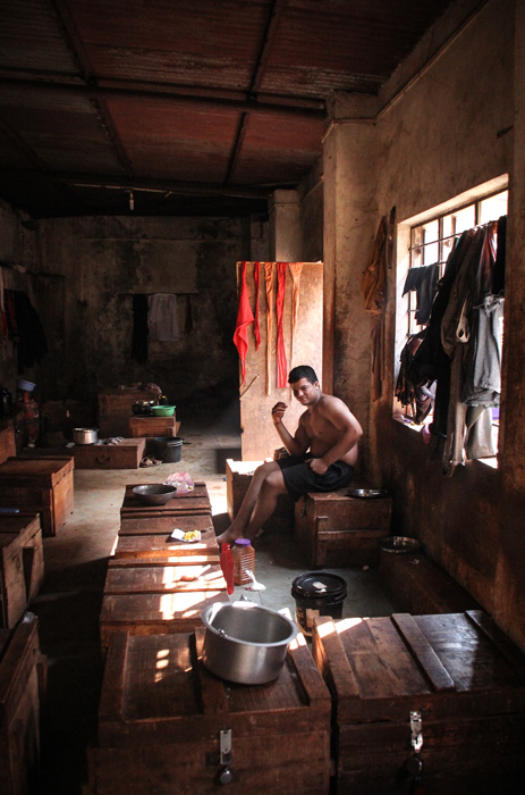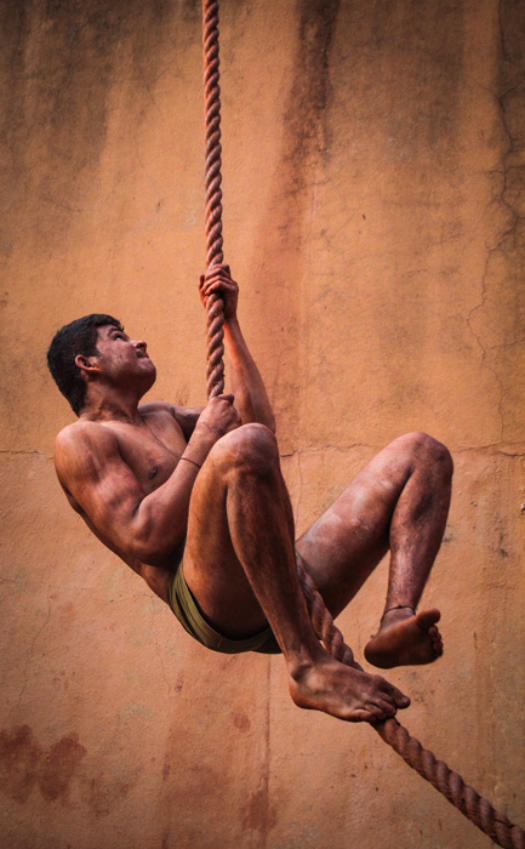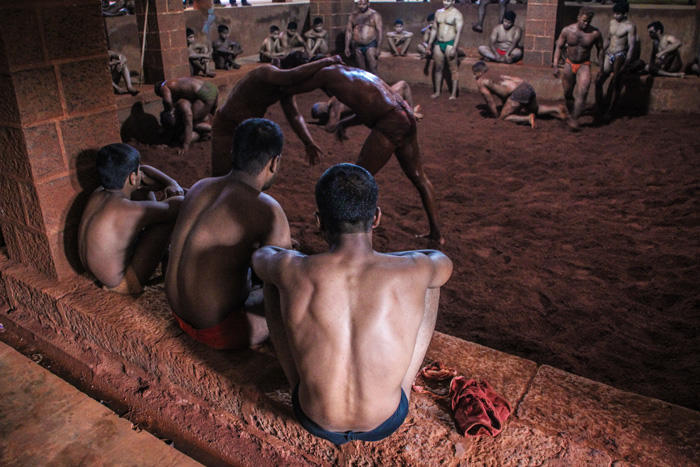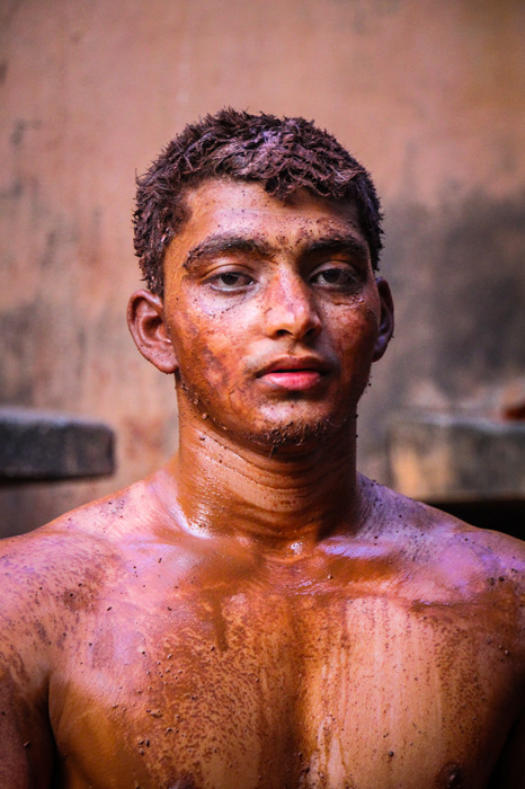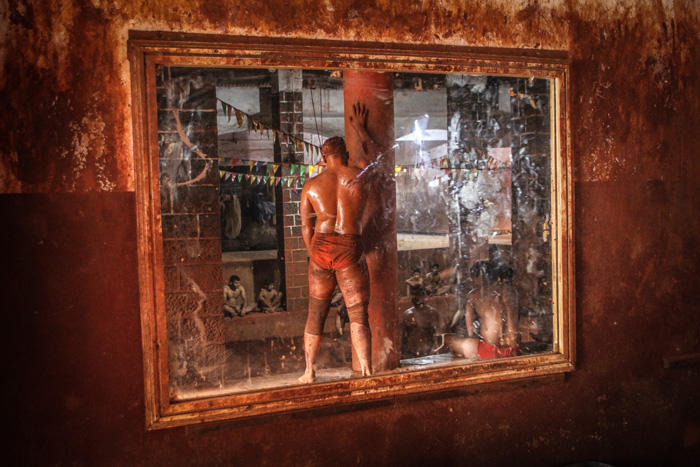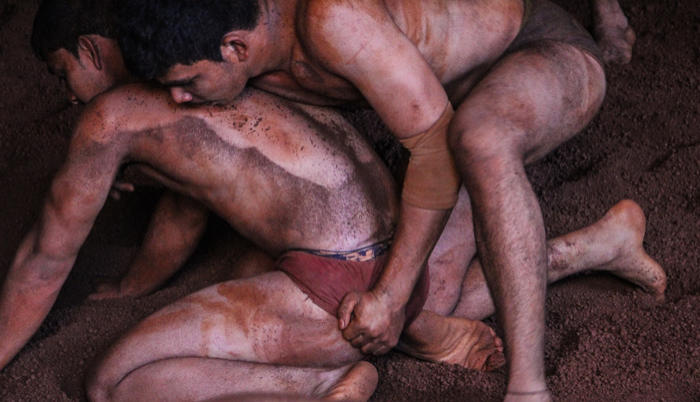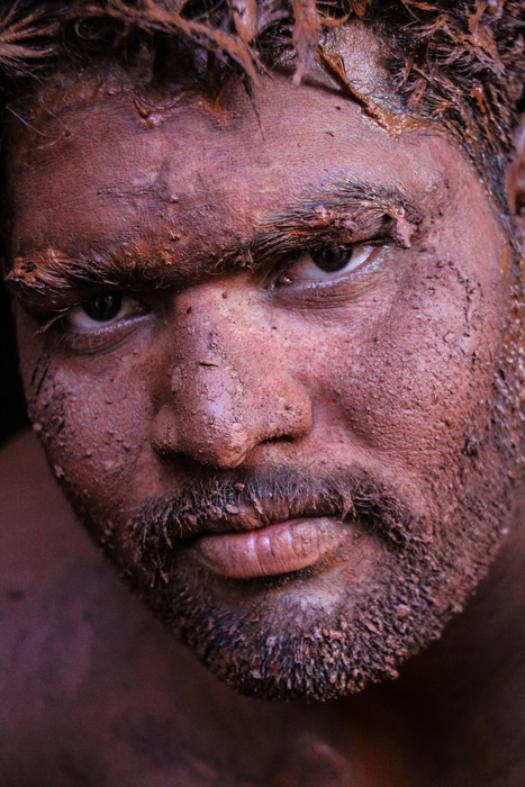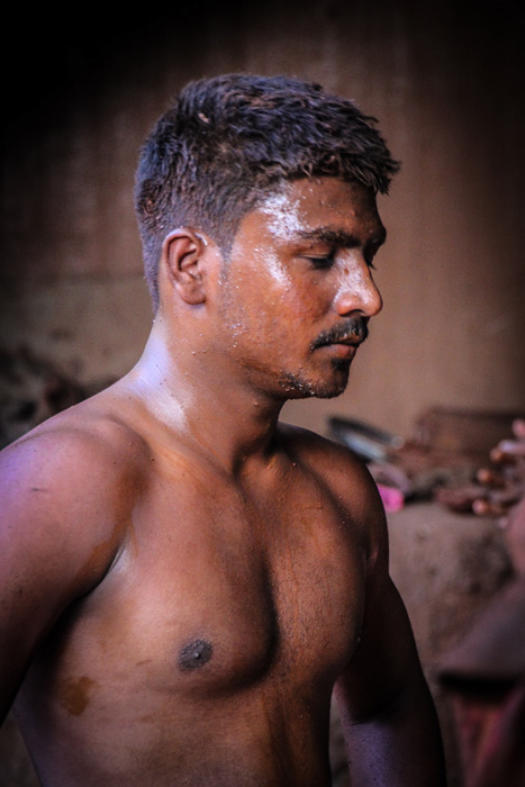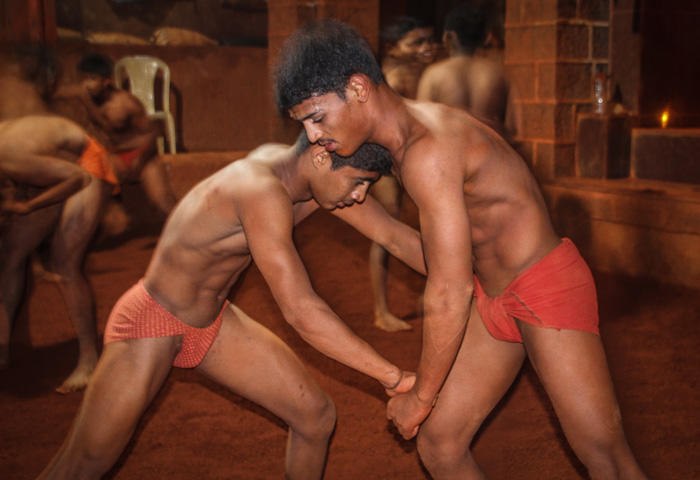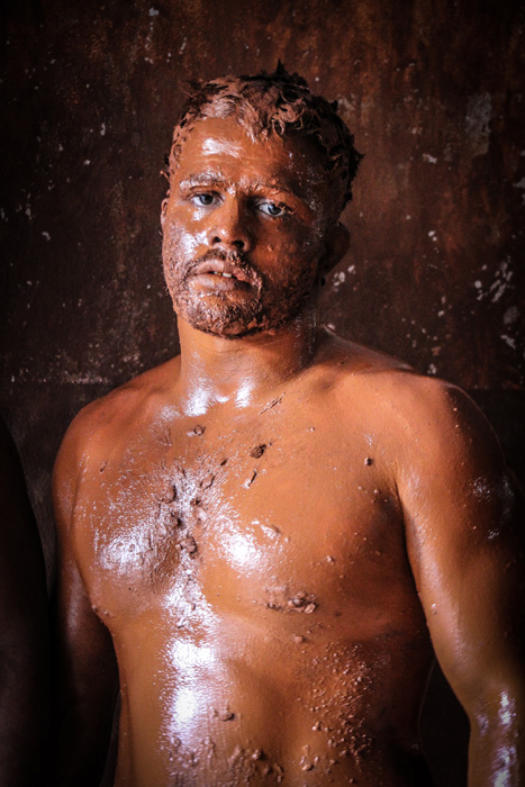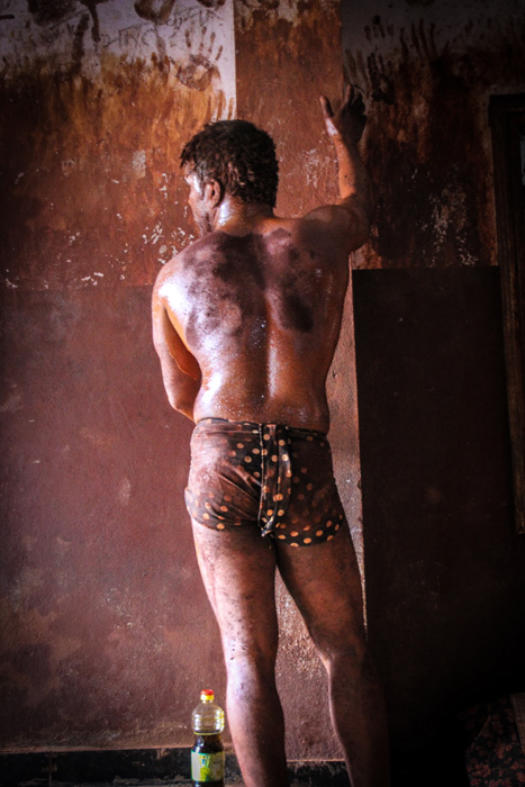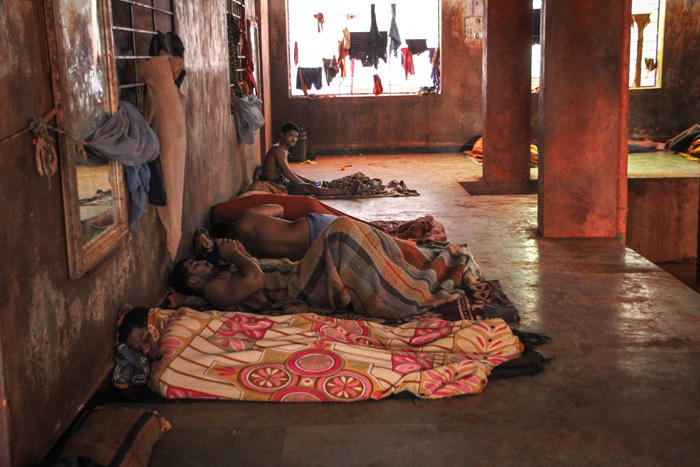

The magazine of the photo-essay

Feb 2018 back issue


“A free, really high quality photo-essay magazine. Fabulous!”
Stephen Fry. British actor, writer and film maker
by Chris Dade
As a child I was fascinated with ancient Greece. I used to read every book I could find on the subject and I spent my
weekends wandering wide-eyed around monumental museums marvelling in awe of the classical Greek sculptures. What
captivated my attention was the representation of the athletes' dedication and discipline to further their body, mind and
spirit; to strive to reach perfection and go beyond the normal human existence. Even now as a grown man this
fascination to evolve into something greater stays with me and my camera gives me permission to explore this theme in
the world around me.
Kolhapur is a humid city situated in the west Indian state of Maharashtra, nested at the base of the Sahyadri mountain
ranges. Unlike some Indian cities, Kolhapur is less influenced by the western world with old Indian traditions still surviving
there, including the ancient and regal art of Kushti wrestling. Originally established centuries ago in Persia, the golden age
of this sport in Kolhapur began in the late 19th century, when Shahu Maharaj, ruler of what was then a princely state,
held contests and invited competitors from across India.
Today boys and young men still come from all over Maharashtra to study and dedicate their lives to what is not so much
a sport, but more of a spiritual discipline. They live, eat, train and sleep in rustic temple buildings called akharas. The life
style is basic, their beds being mats around the wrestling pit. At 4.30am the vigorous training in the shadowy fluorescent
lights starts and continues throughout the day. They sustain their bulky bodies on a large diet of food including ghee and
bananas. Training 365 days a year, even in the summer when sweltering temperatures reach 40° Celsius, their lives are
drenched in discipline.
Each morning and night at 6 o’clock, as temperatures begin to drop, wrestlers enter a pit filled with clay to compete
wearing only a the traditional langot (loincloth). This maroon clay is often mixed with salt, lemon and ghee representing
Mother Earth and is renewed every two years. Young and old gather to watch as bodies collide displaying superior power
and skill. Before every match, each wrestler covers the body of his adversary with this earth which acts both as a
lubricant and cooling agent.
To be a Kushti wrestling is held in great esteem and they are seen by traditional Indian society as modern day regal
heroes. Their lives are steeped in ritual and tradition, being spent offering daily prayers to the monkey-god Hanuman and
showing great respect to their coach who is seen as a Guru. Life amongst the wrestlers has a great sense of comradeship,
and you can’t help feeling that you are witnessing a very great ancient tradition and certainly a very unique way of living.
.
